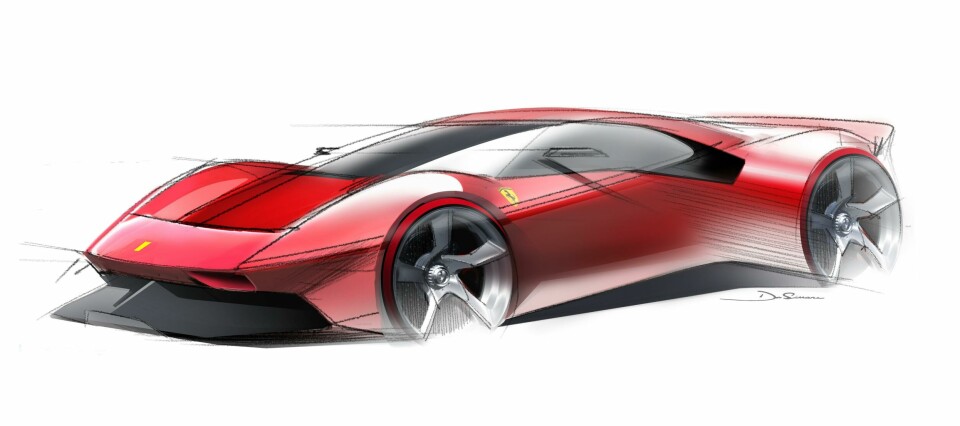
Flavio Manzoni and the one-of-a-kind Ferrari P80/C
The Ferrari Senior Vice President of Design talks to CDN about one-offs and creative inspiration
It’s a sweltering summer day in West Sussex, but Flavio Manzoni looks cool as a cucumber in his flax-coloured linen suit. At the Supercar Paddock, where hundreds of spectators swarm around some of the world’s rarest and fastest cars, Manzoni – whose team was recently named the Red Dot’s design team of the year – leads us inside the velvet ropes to a very special one-off the marque is showing at this year’s Goodwood Festival of Speed.
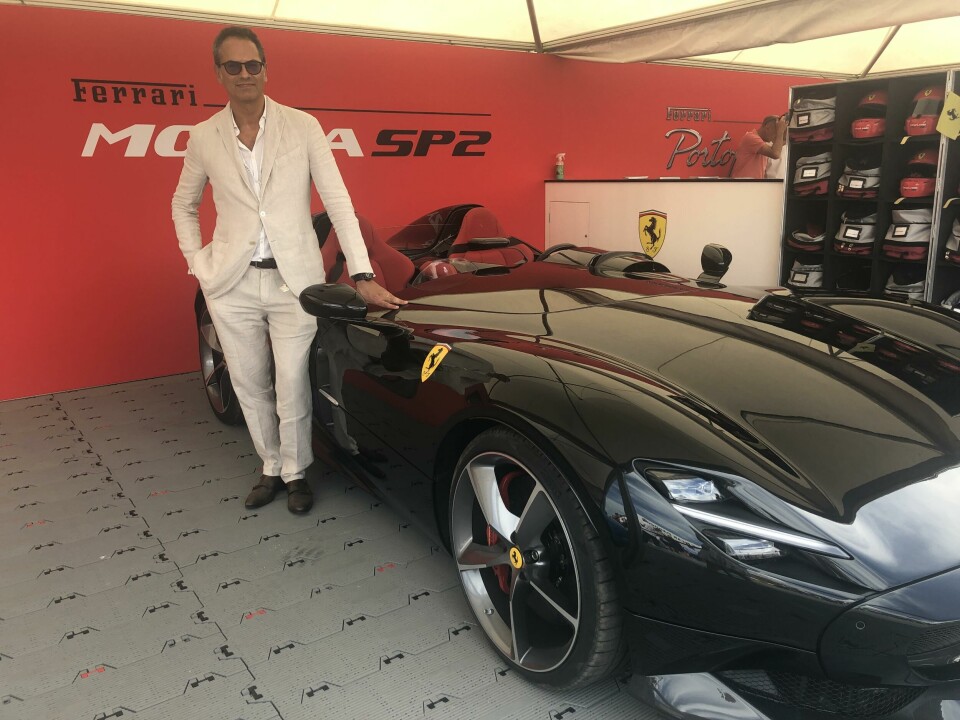
Painted in a bright hue dubbed Rosso Vero or “True Red,” the P80/C is a bespoke customer car built on a slightly stretched version of the 488 GT3 racecar. The all-carbon fibre, track-only creation recalls historic Ferrari racers of the 1960s such as the Dino 206 S and the 330 P3/4. But don’t call it retro.
“The client knows very well the history of the brand,” Manzoni tells us. “We shared the idea of making a very modern interpretation of this car – after a typology of cars that was very famous then, the Sport Prototipo – which makes it immediately recognizable as a Ferrari, but with a lot of personality.”
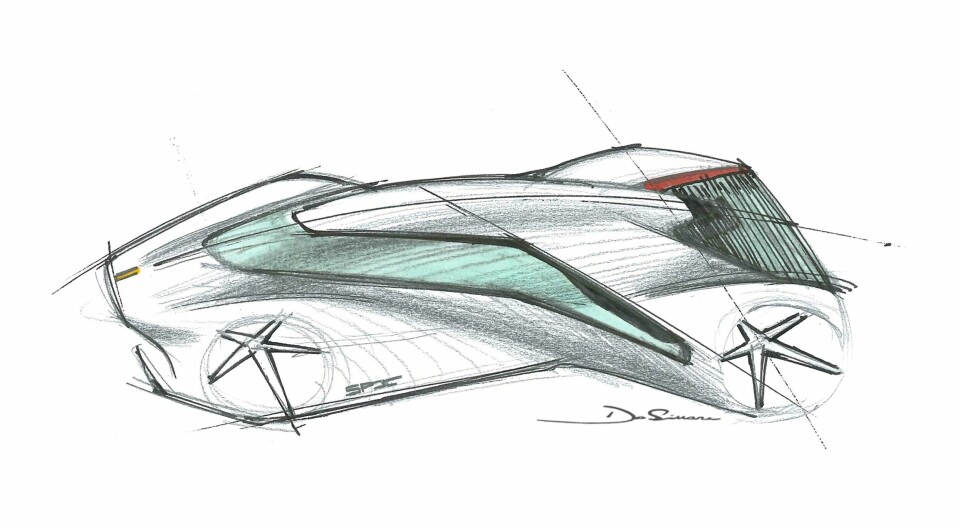
Plans for the P80/C began in 2015 and, according to Ferrari, had the longest development period of any one-off in the brand’s history. Manzoni and his team spent countless hours working with engineers to perfect performance and aerodynamics. “It’s important to understand that the form of a Ferrari is always a combination between functionality and beauty,” he explains. “Maybe there can be some room to be a little bit more stylistic, but we can never make anything which doesn’t have a purpose. So there is a combination between the technical part and the design which is very strong.”
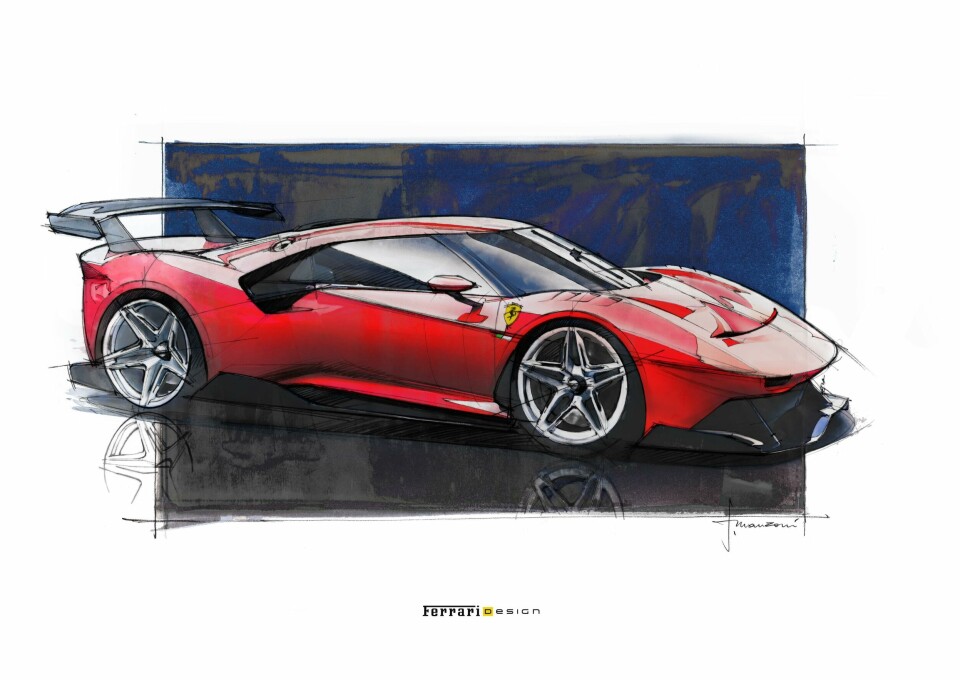
The design begins with the 488 GT3’s wedge shape and cab-forward stance. Everything that isn’t painted red is a technical element connected to the performance and aerodynamics, displayed in exposed carbon fibre. “There are elements of the Ferrari language that are very characteristic,” Manzoni points out. “For example, massive fenders that give a muscular effect. And there is another signature which is very strong: a typical flying buttress that we can see in similar Ferraris but in a different interpretation – with a more architectural effect. In this case there are two big pillars or wings, which give the feeling of a floating roof and create a wraparound effect, like a visor. This is an element we can find in certain Ferraris of the past, like the 288 GTO and also the 250 Berlinetta short wheelbase.”
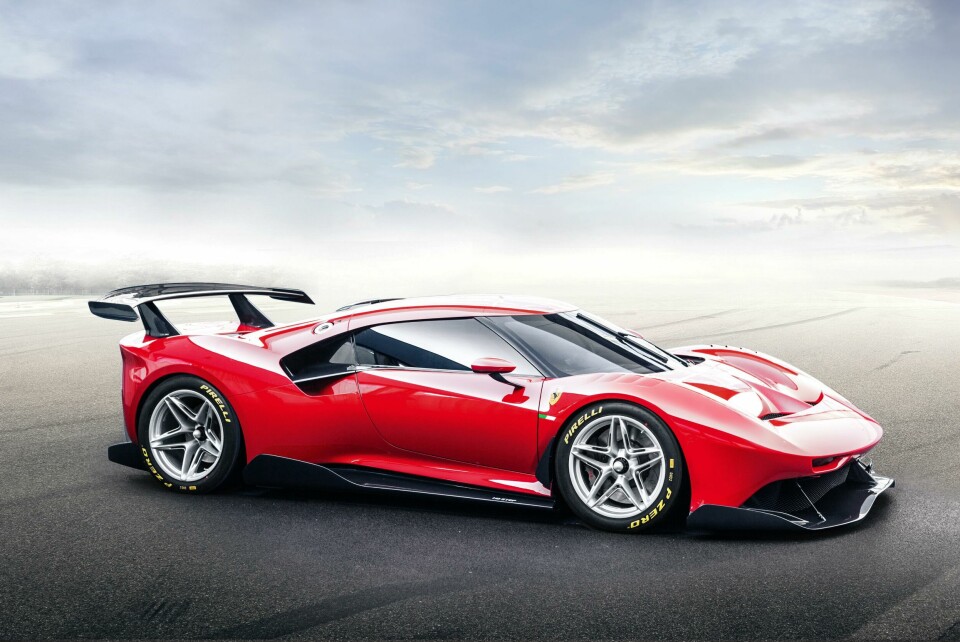
Manzoni’s team also made the decision to use a vertical rear windscreen (although it’s not really a windscreen, he says, because there is no glass) and treatments like an extension of the rear spoiler. “We call it ‘flick,’ which creates a really nice intersection between the powerful fenders and the spoiler,” he says.
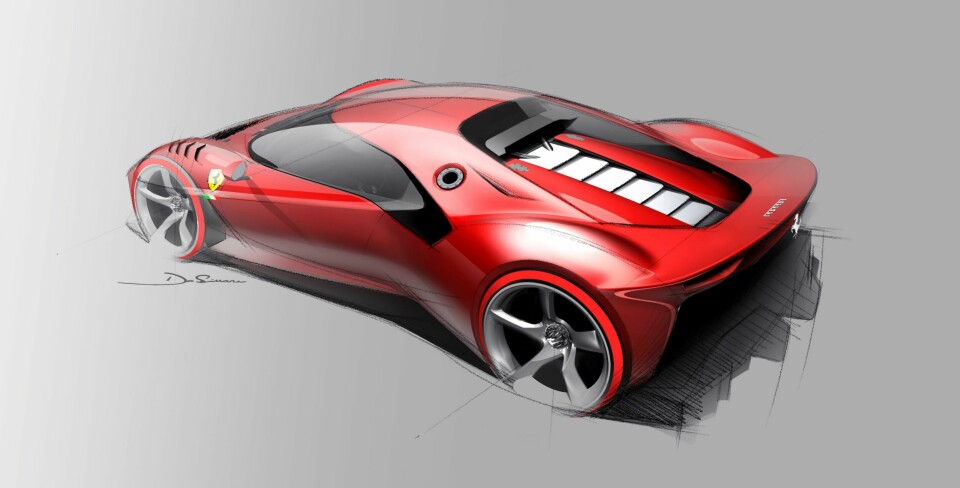
Manzoni’s inspiration for such undertakings doesn’t come solely from studying other Ferraris. “You can’t just look at cars all day,” he says. The former architecture student still draws heavily from his erstwhile discipline, counting Santiago Calatrava’s Liège-Guillemins railway station among one of his favourite designs. Mazoni then goes on to quote Renzo Piano, whose works include the Centre Pompidou in Paris and the New York Times building. “Design is in between the prudence of tradition and the courage of the imagination,” he recites. “So I think Ferrari is this. We are to be restricted toward (respecting our heritage), but with the education to reinvent every time the identity of this brand, and I think we are doing that.”
Another of Manzoni’s passions is music – especially jazz piano. “I was thinking about the relationship between music and design,” he says. “There is also this idea of virtuosity in what we do. It’s a very tough job, it’s very complex, but you have to find a way to create poetry out of it.” Manzoni also recounts a recent visit to Florence he made earlier this year to make a deep dive in into Michaelangelo’s sculptures. “It was such an inspiring experience because in terms of plasticity of the shapes, there is so much. I also went to see (Giuseppe Sanmartino’s) Christo Velato in Naples. It’s a masterpiece. The – velo – it looks real, you can recognize every muscle, every bone, under the sheet.”
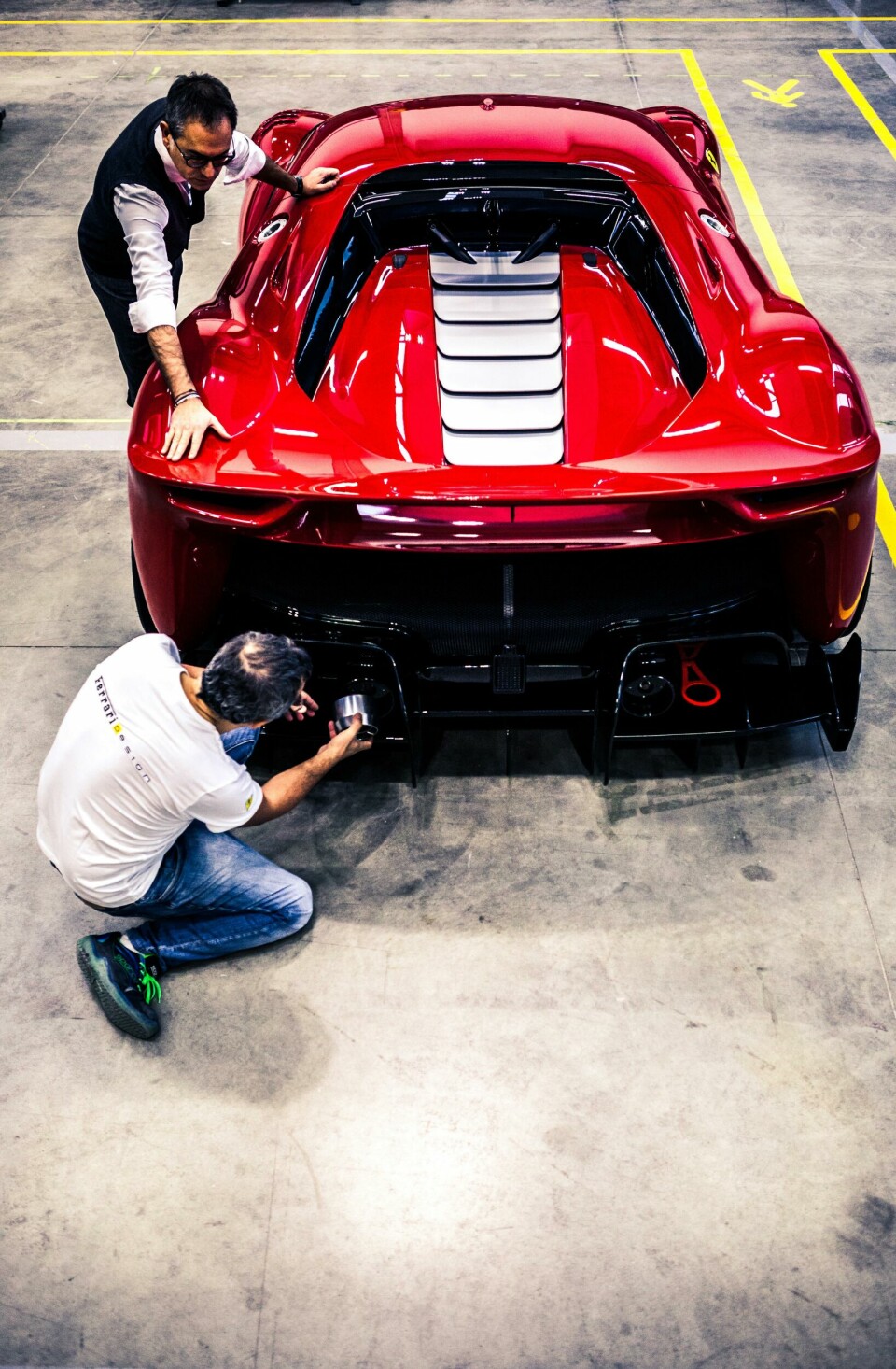
Like the work of renowned musicians or artists, Manzoni says each Ferrari is different yet maintains a signature style. “Working for a brand like Ferrari you feel every day that huge “patromonio” – it’s heritage, but it’s something more. The expressions of Ferrari have been so diverse, and so rich, that you feel enriched by that. But every new Ferrari must be created with the goal of creating a new icon, a new modern archetype. Ferrari can be very free, and every Ferrari can be different because every new Ferrari is a new chapter.”



